The City of Glenorchy is a vibrant business district and suburb in the northern part of greater Hobart. Glenorchy City Council manages an area of approximately 120 square kilometres, which contains a population of approximately 45,000. Southern Tasmania’s second largest shopping district falls within the municipality’s territory and the City’s three main commercial areas are Moonah, Glenorchy CBD and Claremont.
Glenorchy City Council has a strong commitment to sustainable practices and recently this was recognised at Keep Australia Beautiful Australian Sustainable Cities Awards 2015. Glenorchy was declared the national winner in the Youth Leaders category.
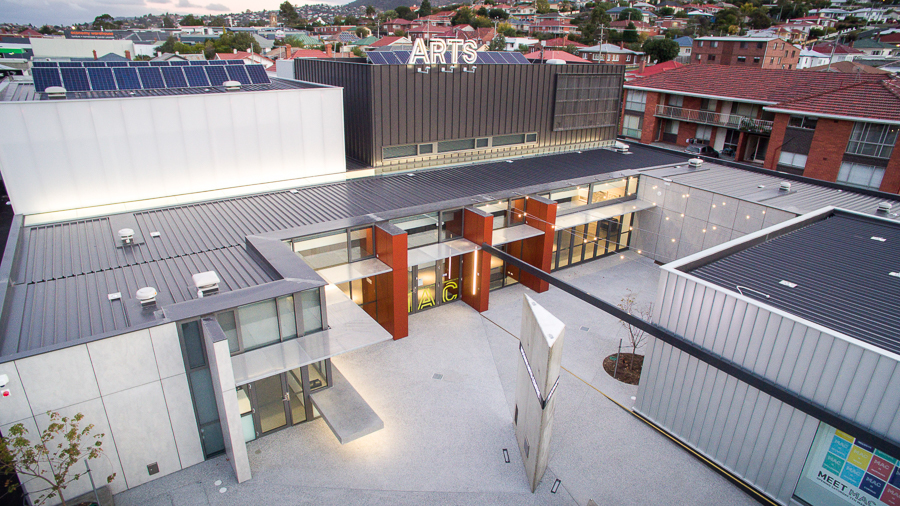
Glenorchy is benefiting from the management and leadership of the Council’s General Manager, Peter Brooks, a highly experienced local government and financial executive who continues to drive the city administration to achieve great outcomes for the Council and the community. Undoubtedly, this continuing effort is now achieving nationally recognised results.
One key factor that led to this national recognition by Keep Australia Beautiful is that the youth of Glenorchy is instilled with a commitment to sustainability and caring for the environment from a young age. The City of Glenorchy supports a range of sustainability programs and projects for young people and has an extremely strong commitment to youth development.
The City’s Derwent Park Stormwater Harvesting and Industrial Reuse Project also gained recognition at the Australian Sustainable Cities Awards 2015 and was ‘Highly Commended’ by the judges.
Derwent Park Stormwater Project
This project is a superb example of the impact that an innovative Council can have in the area that it manages. The Brooker Highway running through the suburb had a history of flooding and there was an urgent need to find a solution to this problem.
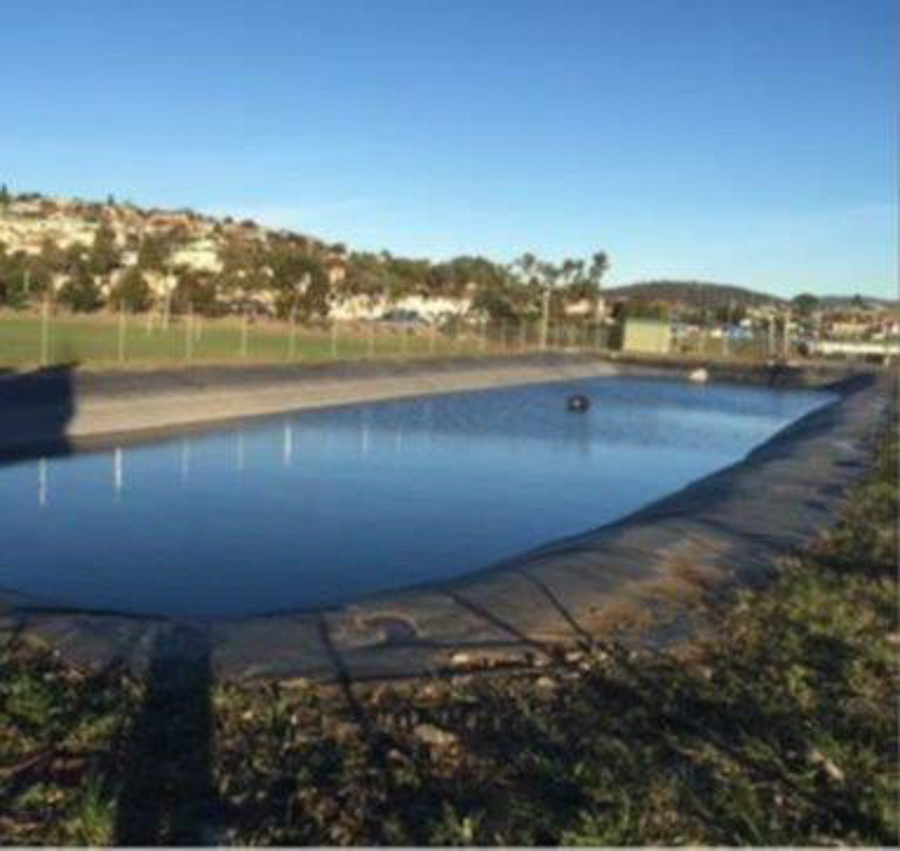
The $22 million project will not only solve the flooding issue, it will save about 476 megalitres of water a year at the nearby Nyrstar Hobart Smelter and Moonah Primary School. This will be achieved by harvesting and treating the stormwater that usually plagues the Brooker Highway. Stage 1 of the project is already complete and Stage 2 is nearing completion with only about 30% of the work remaining to be done.
The project is the first of its kind in Tasmania and one of the largest in Australia.
Some of the other projects that Council has taken up are:
Replacement of street lights with energy efficient lights
This project was carried out along with Hobart City Council. General Manager Peter Brooks outlined some of the benefits of the project: “The Project took up the replacement of old streetlights. We received funding of $3.4 million in conjunction with Hobart City Council to undertake this energy saving innovation.
“Called The Accelerated Energy Efficient Street Light Roll Out project, the positive news is that not only does it have a really good environmental outcome from a greenhouse gas point of view, but there are also ongoing operating and energy cost savings of about $300,000 a year. Part of the project has also replaced some sports floodlights for one of our community facilities.”
As part of this project, the replacement of lights at the Abbotsfield Park sports precinct has provided community benefits by enabling greater usage of the facility for sport and recreation.
As the project was undertaken jointly by Hobart City Council and electricity distributor Tas Networks, it yielded several additional benefits. A single contractor, Lend Lease, was engaged for the complete installation. Initially, a pilot project was taken up when four different types of energy efficient lights, all of which were approved by Tas Networks, were tested in different streets of both cities. This testing process involved approximately 30 lights of each type being tried out over a three month period.
The subsequent review process included visual nighttime inspections, light level measurements, assessment of glare, technical assessment of maintenance issues and resident surveys in both council areas.
It was only after the receipt of a positive response from the residents that steps to complete the project were taken. A total of 2600 new LED lights has been installed as part of this project.
Moonah Arts Centre
Since its opening about a year ago, this community arts centre has become extremely popular and both develops and presents about 60 events and activities annually. These include a variety of exhibitions, concerts, art and craft workshops, a school holiday program and special events including contemporary dance and theatre.
The Glenorchy City Council’s Annual Report for 2014-15 stated as follows: “In March, the doors of the wonderful new Moonah Arts Centre (MAC) officially opened! MAC was made possible by a Commonwealth grant and has become known as an iconic community arts space.”
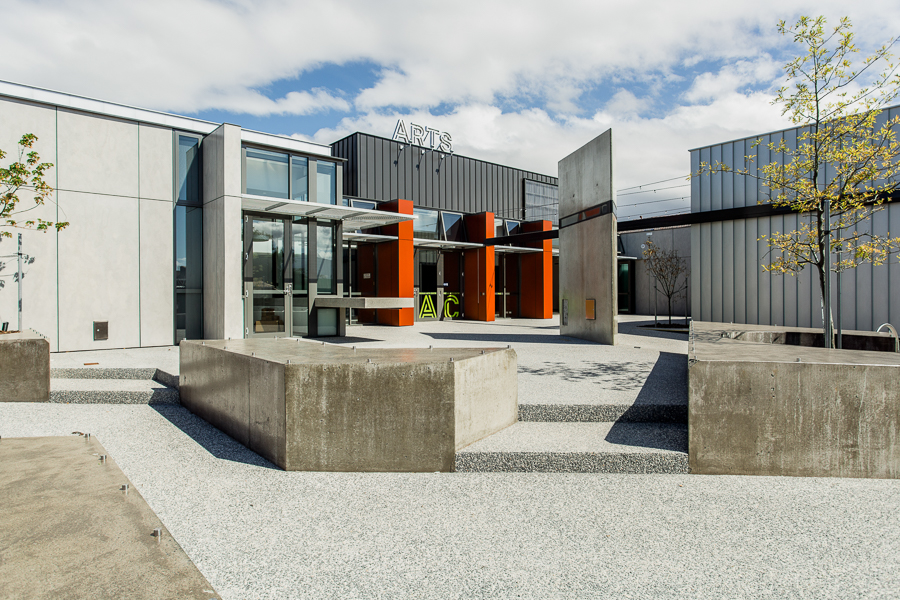
Peter Brooks said there was already healthy evidence of the new MAC revitalising the Moonah business district, with more shops and restaurants opening up on Main Road.
“Increasingly, people from outside the City are seeing Moonah as a destination, and this means more visitors and increased spending in the City. It is great to have such a venue in Glenorchy, and this will certainly continue to add to the City’s growth and development.”
The project was financed by a $4 million grant received from the Australian Government through the Department of Regional Australia, Local Government, Arts and Sport in June 2012 to “provide a new facility for the performing and visual arts in Glenorchy to replace the existing Moonah Arts Centre”.
Morrison and Breytenbach, Architects, were selected to design the building and the selected builder, Vos Constructions commenced work in December 2013. The Moonah Arts Centre was officially opened in March 2015.
A large number of residents of Glenorchy and Hobart visit the new centre. While the number of visitors to the old centre averaged 6,000 to 8,000 annually, the new centre received 21,000 visitors within six months of its opening.
The Moonah Arts Centre was also ‘Highly Commended’ in the Australian Sustainable Cities Awards 2015. The building in which the centre is housed is almost carbon neutral and has achieved the equivalent of a 5 Star ‘Green Star’ accreditation. Its key design features include a 10kW solar panel installation and a passive wall heating system that incorporates the use of solar radiant heat to heat the two main spaces within the building.
The building has been constructed using low-impact ecologically sustainable materials and uses double glazed windows linked with high-quality window furnishings to promote energy efficiency. Natural lighting has been used in the display galleries and in several other parts of the structure.
As a result of incorporating all these features, the energy efficiency of the building has surpassed Council’s expectations. Conventional construction and energy saving practices would have resulted in an annual energy bill of about $60,000. Instead, the first six months energy consumption indicates that the annual bill will only be $20,000.
In addition to the commendation from the Australian Sustainable Cities Awards 2015, the centre has won a number of other awards. The architects, Morrison and Breytenbach received the Alan C. Walker Award for Public Architecture and the Colorbond Award for Steel Architecture.
Vos Construction received the 2015 Master Builders Tasmania Housing and Construction Excellence Award in the new construction valued between $2 million and $5 million category.
King George V Sports and Community Facility
In June 2012, Council was given a Federal Government grant for refurbishment and upgrading of the KGV Sports Precinct. Describing this sports facility, Peter Brooks said: “King George V Sports and Community Facility is the major sports facility ground right in the middle of Glenorchy. It houses a football club, grandstands, cricket club, soccer club and a Council swimming pool.
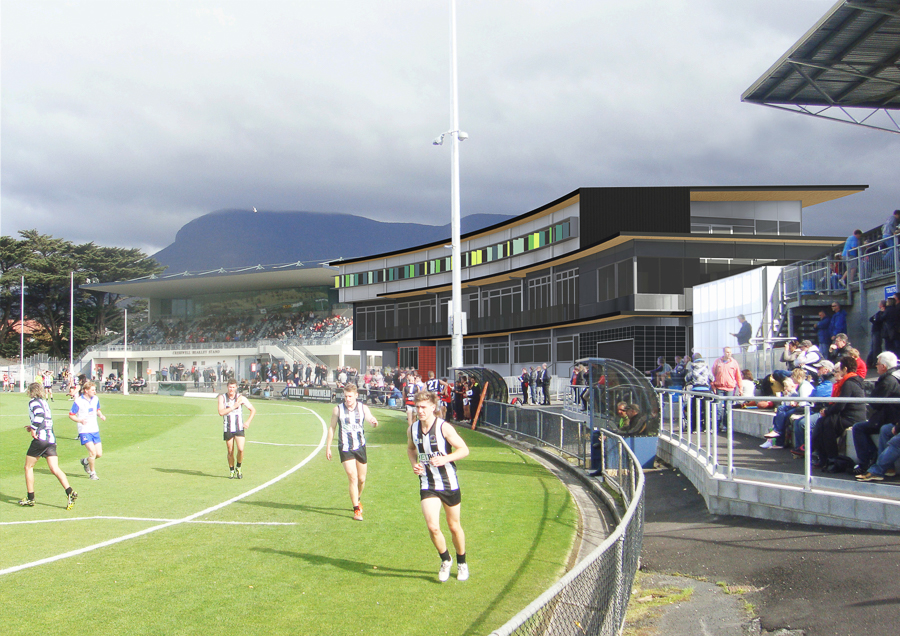
“We received $8.7 million to undertake five projects in the precinct and we wanted to change it from a sports precinct to a sports and community facility. We replaced a well-used soccer field with a multi-purpose synthetic soccer field, which was valued at $1.3 million and that’s now become the focus for Football Federation Tasmania as their headquarters and we have had A-League side Melbourne Victory come down because of the quality synthetic nature of the pitch.”
In July 2013, Council engaged JAW’s Architects to design the KGV Sports and Community Facility. Construction is in the hands of Macquarie Builders.
Construction activity at the project is progressing well and it is expected to be completed by the end of April 2016. When the facility is ready it is expected to attract major sporting events to the City as well as provide ongoing support for community organisations.
Glenorchy City Council’s vision
The Glenorchy City Council has a strong commitment to community consultation and working with its community for the betterment of the city, its people and businesses. As General Manager Peter Brooks says: “We are continuing to develop our vision as a vibrant, progressive and community-orientated city and we are working with our community, business, non-government organisations and other levels of government to make this happen.
“Importantly, we want Glenorchy to be a sustainable City – financially, economically, socially and environmentally – and as a result of this vision and the policies, practices and structures we have put in place, we are well on the way to achieving this,” Mr Brooks said.
The comments made in this article are the personal opinion of Peter Brooks, not the opinion of the Council.
AT A GLANCE
WHO: Glenorchy City Council
WHAT: Glenorchy is a business district and suburb in the northern part of greater Hobart, capital of the state of Tasmania, Australia.
WHERE: Tas 7010
WEBSITE: http://gcc.tas.gov.au/

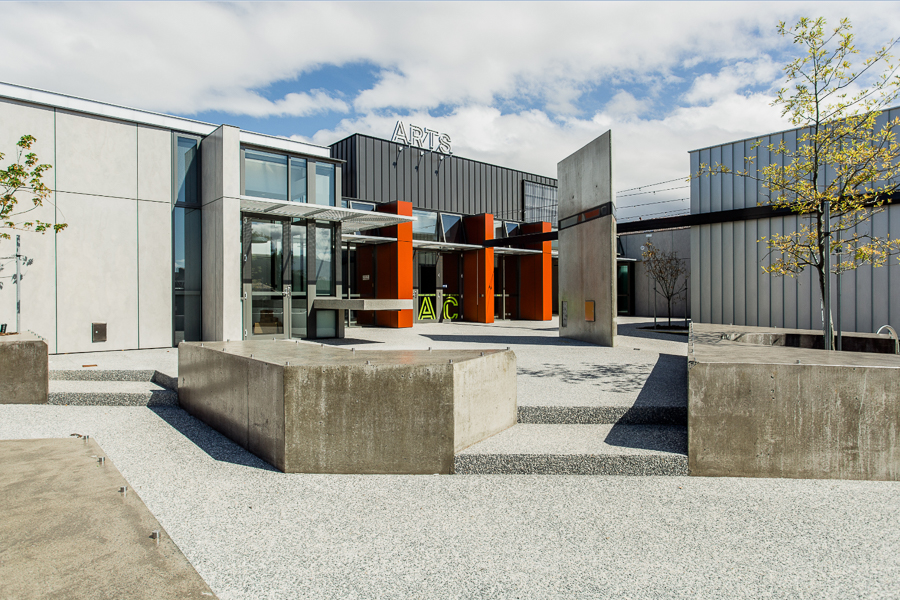

 This information will never be shared to third parties
This information will never be shared to third parties